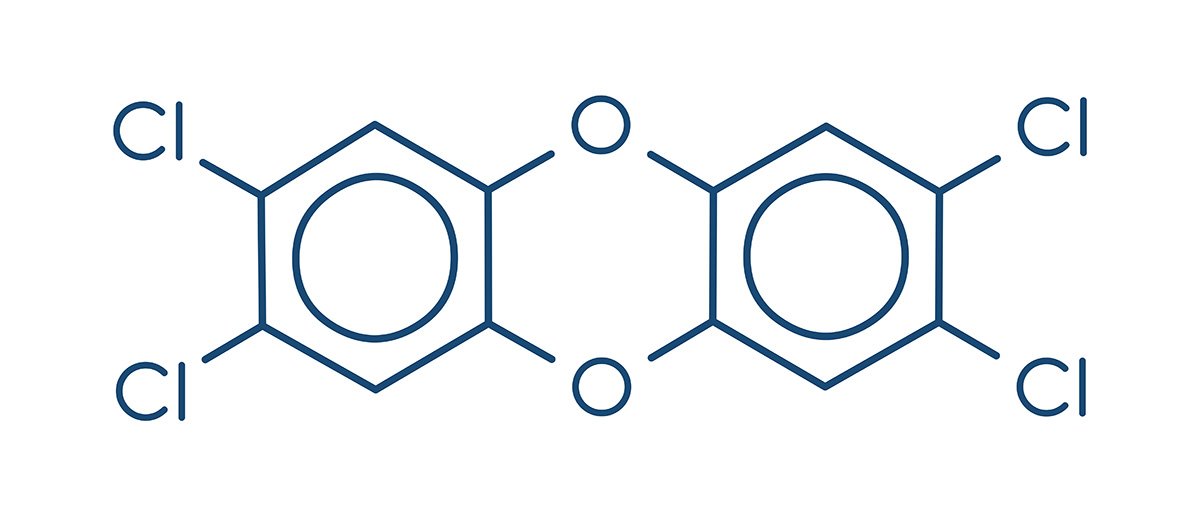Importance of long-term sampling in dioxin monitoring
Dioxins and POPs are toxic, persistent, and nowadays ubiquitously present in our environment. Gasmet GT90 Dioxin+ is an exceptionally robust dioxin sampling system that was designed to sample even the lowest concentrations in harsh industrial environments and even subfreezing conditions.
Dioxin is an umbrella name for polychlorinated dibenzo-para-dioxins and polychlorinated dibenzofurans. They are part of the larger class of compounds known as POPs (Persistent Organic Pollutants). Dioxins and POPs are toxic, persistent, and nowadays ubiquitously present in our environment. In addition to dioxins, Gasmet GT90 Dioxin+ is capable of measuring furans and other persistent organic pollutants (POPs), such as polychlorinated biphenyls (PCBs) and polycyclic aromatic hydrocarbons (PAHs).
We interviewed our client and environmental research expert, Dr. Werner Tirler, the Director of Eco-Research. He is in charge of an analytical laboratory with solid experience in the detection and determination of environmental pollutants.
Where does dioxin appear?
Dioxins are known to form in the industrial waste combustion processes and escape into the environment via exhaust gases from incinerators.
“Continuous monitoring of dioxin emissions is extremely important due to the health risk dioxin poses to living organisms. Dioxins can accumulate in the human body due to their highly lipophilic properties. Once there, they can cause cancer and have adverse effects on the endocrine, immune and nervous systems”, Tirler explains
Principle sources of dioxins:
- Waste incineration
- Metallurgical processes
- Chemical manufacturing
- Energy generation and power plants
- Natural forest fires (to a small extent)
- Last but not least: Backyard trash burning

Skeletal formula of TCDD polychlorinated dibenzodioxin pollutant molecule, commonly called dioxin. Byproduct formed during incineration of chlorine-containing materials. Image: Shutterstock
Long-term sampling is vital in dioxin monitoring
When it comes to getting reliable results and an accurate representation of the dioxin emissions of an industrial plant, it is important that the sampling is given enough time (two weeks or more). Measurement data show that short-term dioxin monitoring (e.g. 8-hour sampling periods) fails to account for the full operational time of a plant, which in turn, affects the results.
Plants’ operational fluctuations during weekends, nights, and during other exceptional situations also affect the emissions. With long-term sampling, plant operators can ensure that the full spectrum of dioxin emissions is visible in the sampling data.
EU legislation guides dioxin emissions monitoring
In Europe, the dioxin measurements in the emission of stationary sources are done according to the EN 1948 standard (Part I, II and III) under The Industrial Emissions Directive 2010/75/EU of the European Parliament and of the Council of 24 November 2010 on industrial emissions (integrated pollution prevention and control).
“Part IV is related to PCB compounds, Part V to long-term sampling, which laboratories perform according to the regulations of environmental authorities and regular-basis emission measurements”, Tirler elaborates.
The directive sets limits for dioxin emissions — they must be lower than 0,1 ng TEQ /Nm3 for dioxins and furans.
GT90 Dioxin+ tailored for long-term monitoring
The GT90 Dioxin+ is designed specifically for long-term monitoring of dioxin emissions. The automatic system represents the cutting-edge technology for dioxin sampling and fulfills all requirements of the dioxin measurement standard EN 1948.
The system has been performance tested and validated, allowing measurements as low as 0.0003 – 0.252 ng I-TEQ /m3. The system can withstand dust loads of up to 150 mg/m3 and velocities up to 30 m/s without any effect on the performance.
